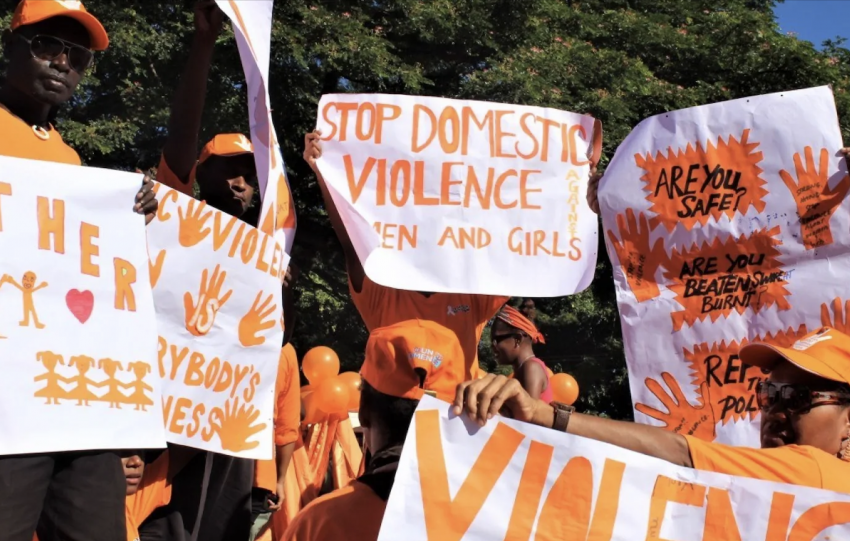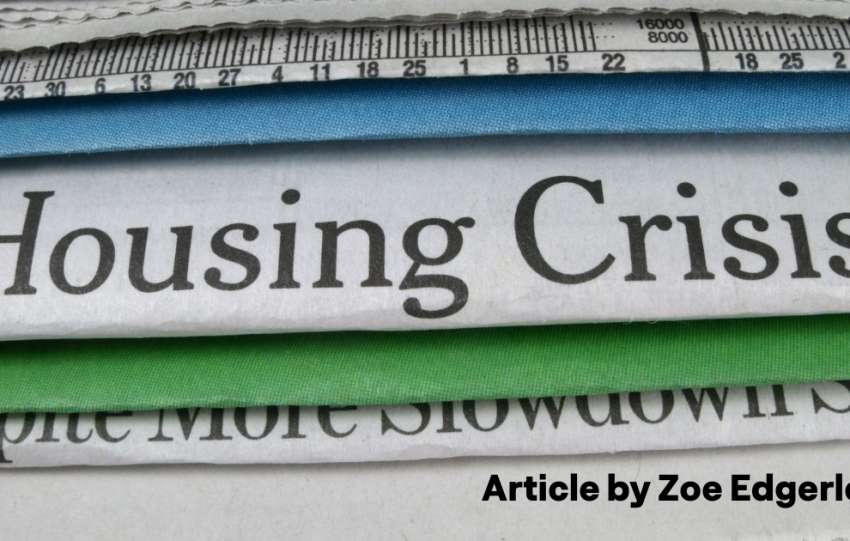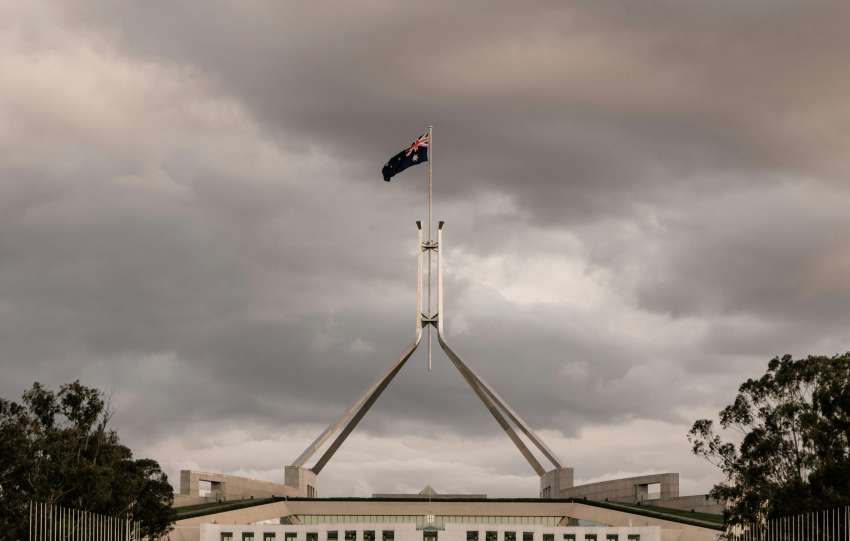Share This Article
With the date of the 2023 Australian Indigenous Voice Referendum being confirmed for the 14th of October, read along to keep yourself informed of what’s going on and what you will be voting for.
On the 23rd of March 2023, Prime Minister Anthony Albanese stood up in Parliament and officially announced the Voice campaign. Since then, there have been numerous debates, news articles, and campaigning. However, many Australians still have one crucial question. What exactly is The Voice?
The Voice Campaign
The Voice Campaign is a movement that is underway in Australia that seeks to establish an independent and permanent advisory body known as the Aboriginal and Torres Strait Islander Voice. However, rather than just introducing through a bill that can be easily overturned, the Government are constitutionally enshrining the Voice. This means that this body can only be abolished with another referendum (assuming this referendum passes).
What is being proposed?
In late 2023, Australia will be asked the following question:
A Proposed Law: To alter the Constitution to recognise the First Peoples of Australia by establishing an Aboriginal and Torres Strait Islander Voice.
Do you approve this proposed alteration?
If the referendum is passed, (this requires two things. Firstly, 50% of Australian voters vote yes. Secondly, 50% of Australian states vote yes-this known as a double majority). The following will be instituted into Australia’s constitution:
Chapter IX Recognition of Aboriginal and Torres Strait Islander Peoples
129 Aboriginal and Torres Strait Islander Voice
In recognition of Aboriginal and Torres Strait Islander peoples as the First Peoples of Australia:
- There shall be a body, to be called the Aboriginal and Torres Strait Islander Voice;
- The Aboriginal and Torres Strait Islander Voice may make representations to the Parliament and the Executive Government of the Commonwealth on matters relating to Aboriginal and Torres Strait Islander peoples;
- The Parliament shall, subject to this Constitution, have power to make laws with respect to matters relating to the Aboriginal and Torres Strait Islander Voice, including its composition, functions, powers and procedures.
Ok, that’s great. What is actually happening?
As aforementioned, if passed, an advisory body will be set up. This will feature 24 members, chosen directly by Aboriginal and Torres Strait Islander communities and not appointed by the Government.
The basic proposal suggests that there would be two representatives from each state, the Northern Territory, ACT, and Torres Strait. There will also be an additional member from Northern Territory, Western Australia, Queensland, South Australia, and New South Wales who specifically focus on these regions’ remote areas. The final member will represent the Torres Strait Islanders community that lives in mainland Australia.
Members of this body would serve a four-year term, with half the group rotating out every two years. Each member will be able to serve up to two back-to-back terms.
Every two years, the group would elect two co-chairs (one of each gender).
To promote diversity and inclusion, there will likely be an enforced gender balance and specific empathise placed on youth representation. Moreover, three permanent advisory groups will be dedicated to youth matters, disability issues, and an ethics council.
What can (and can’t) the voice do?
The Voice would provide independent advice to the Parliament and the Executive Government on Aboriginal and Torres Strait Islander peoples. This can be provided proactively or in response to requests by the Government. It will also research to help Governments and individuals understand individual issues.
However, it’s essential to understand what the Voice cannot do. It does not have veto power, meaning it cannot block or overturn decisions made by Parliament or the Executive Government. It also does not manage money or deliver services, and its primary role is to advise, not to execute or enforce.
What does this mean for Aboriginal and Torres Strait Islander People?
The Voice has significant symbolic and practical implications for Indigenous Australians.
On a symbolic level, the Voice affirms Indigenous identities, cultures, and histories in the Australian constitutional and political fabric. This symbolic recognition can also empower Indigenous communities and represents a step towards reconciling Australia’s colonial past and enhancing mutual respect between Indigenous and non-Indigenous Australians.
On a practical level, the Voice can have substantial implications for policy-making and decision-making processes impacting Indigenous communities. By providing a platform for Aboriginal and Torres Strait Islander peoples to have direct input into these processes, the Voice can help ensure that laws and policies are more responsive to Indigenous needs, rights, and aspirations.
This representation can lead to a more nuanced understanding of Indigenous issues within the political arena and contribute to more culturally sensitive and effective policy outcomes. It can help highlight and address systemic challenges faced by Indigenous communities, from land rights and cultural preservation to socio-economic disparities and health outcomes.
Furthermore, establishing the Voice can enhance Indigenous peoples’ political engagement and leadership. It encourages Indigenous Australians to actively participate in the political discourse, strengthening their capacity to advocate for their communities and fostering leadership skills.
Are these groups common?
The short answer is yes. Many other countries have representative bodies for Indigenous communities. For example, Canada has the Assembly of First Nations, which represents the country’s various Indigenous peoples. In New Zealand, the Maori people have designated seats in their national parliament, ensuring they have direct representation. The proposed voice is not a revolutionary reform but something that brings Australia up to speed with other nations.
If all of this sounds good, why are people opposing it?
Various monumental figures have been opposing the voice, including former Prime Ministers Scott Morrison and Malcolm Turnbull, human rights commissioners Lorraine Finlay and various members of the Indigenous community. Claims such as this will create a third chamber of Government or insert race into our constitution (race already exists) are just plain wrong. Other claims by the No campaign is that it will radicalise or permanently divide Australia by giving a special voice for one select group. Yet realistically, structural and social barriers already create huge division for Indigenous social outcomes. The voice simply attempts to solve this.
Whilst, the claims of special privilege are technically correct. Firstly, the lack of executive power mitigates the extent of any privilege. Secondly, this is outweighed by need to abolish the inequality created by colonialism and oppressive acts such as the stolen generation. Thirdly, the overrepresentation of males and anglo-saxons in parliament gives a privilege to these groups that is comparable to any privilege offered by the voice.
Most of the claims have been an example of a propaganda tactic known as FUD (Fear, uncertainty, and doubt), where various dubious or factually incorrect assertions are made to create confusion and fear, incentivising people to have an ‘if it ain’t broke, don’t fix mentality’.
The most legitimate claim, one often made by Indigenous who oppose the vote, is that it does not do enough for first nations people, and something more significant such as a treaty is needed. However, it is generally recognised that the voice can act as a small step to more meaningful solutions such as a treaty.
What will happen if the vote says no?
If this vote does not pass, it will significantly drag the progress for Indigenous rights. Whilst, in theory, the voice can still be legislated at a non-constitutional level, this may be perceived as undemocratic and can easily be abolished by future Governments.
Moreover, they can simply have another referendum, but running another referendum typically takes almost 20 years. This is as firstly, referendums are expensive (budget papers estimate delivering the Voice referendum costs $364.6 million) but secondly, there is no political capital to deliver another one as politicians will shoot them down on the grounds ‘we already had one’.
In conclusion, the Voice Campaign is a significant step towards embedding Indigenous voices within Australia’s constitution, aiming to align Indigenous needs with political decision-making. As Australians prepare to vote, they hold the power to steer Australia’s narrative of reconciliation and mutual respect, impacting the future of Indigenous representation.



